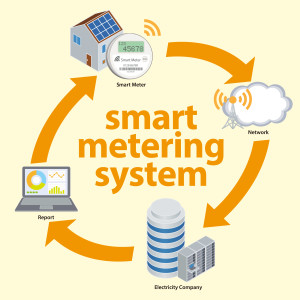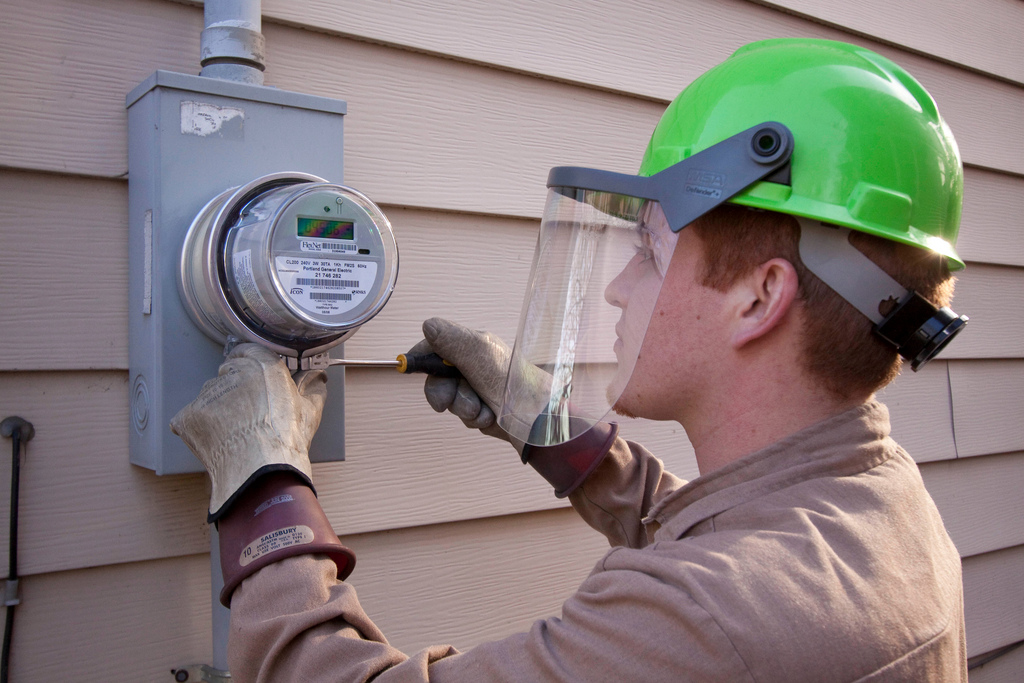Smart meter rollout: Identifying technical, functional, performance issues
The recent experiences in California and elsewhere have hopefully reinforced that the rollout of a smart meter solution is not a simple task.
While many articles have focused on communications plans that should have been implemented, accuracy testing that should have occurred, and the legal actions that arise out of possibly erroneous bills, I’ve yet to see an article that addresses the crux of the matter, namely: smart meter solutions are extremely complex systems and there should not be an expectation that they will work perfectly the first time the utility turns them on.
Instead, a rigorous and thorough planning and deployment process should occur that allows for implementation, system tuning and issue resolution. Utilities should focus on setting expectations properly with ratepayers and commissions, identifying issues that will occur, and resolving them quickly and transparently.
Deploying a smart meter solution starts months before the first meter or module is installed. Utilities should select vendors who can demonstrate a thorough understanding of deployments and associated issues.
If necessary, hire folks who can augment the vendors’ staff and who possess the experience and process expertise necessary to deploy complex systems.
Determine how the smart meter system is to be deployed and spend time ensuring that the smart meter system design is sufficient to meet functional and performance requirements.
Select installation partners who demonstrate an understanding of the complexities of deployment and who have the deployment processes and best practices in place and field tested.
Develop a process that ensures overall, end-to-end system accuracy and allows for the identification of issues in a timely manner. Ensure that the resources, both utility and vendor, are available and sufficient to execute the plan and respond to the issues.
Meet early and often as a team to assess installation progress and system performance and move quickly to identify and address issues. Proactively communicate progress against the execution of your plan. Don’t be afraid to communicate issues and failures, but ensure that you communicate resolutions in a clear and timely manner.
Expectations should be set early on with the various stakeholders, both internal and external, who will ultimately pass judgment on the success of the smart meter solution.
 Communication with public utilities commission staff members and commissioners upon inception of a business case, upon selection of vendors, upon execution of a contract, and early in the initial planning stages of the rollout ensures plan awareness and sustains the process of selling the value of an smart meter solution.
Communication with public utilities commission staff members and commissioners upon inception of a business case, upon selection of vendors, upon execution of a contract, and early in the initial planning stages of the rollout ensures plan awareness and sustains the process of selling the value of an smart meter solution.
Expectation setting with senior executives promotes accurate communication to both internal and external stakeholders. Ensuring that proper contractual and procedural protections are in place provides senior executives with the assurance that issues will be resolved in a timely way and to the satisfaction of the utility and its stakeholders.
Involve your communications professionals to ensure that the most important stakeholders — your customers — are aware that change is happening, comprehend the reasons for the project, and are appreciative of the potential impacts to them.
This requires that your communications organization become an integral part of your smart meter deployment team and that a comprehensive strategy and plan be developed and executed. Supplementing the communications professionals with experienced third parties may be necessary to ensure that the right focus and message are delivered.
Conducting a smart meter solution field acceptance test allows for system tuning, identification of issues, and validation that utility requirements are achievable.
This test is not a pilot; instead, field acceptance is the rigorous and structured first phase of deploying the smart meter solution across your entire service territory. System tuning is a critical component of deploying any smart meter solution.
Even the best designed deployment plans require revision as external factors, such as topology or hard-to-access meter locations, influence the performance of smart meter technology. System tuning must occur prior to the start of the field acceptance test.
Once tuned, the system should operate as expected — and should be tested to ensure this. Testing is not limited to executing functionality but should include validation of consistent, repeated performance of detailed functional requirements and performance thresholds.
System tuning also includes assessment of business process changes and refinement, when necessary, for full deployment. Once proven through field acceptance testing, a utility should continue monitoring and measuring performance against performance thresholds. Changes in data and performance provide early, key indicators of potential issues, which the utility should address in a timely way.
Issues will occur during the deployment of a smart meter solution. Inaccurate and incomplete meter location information may result in incomplete communications coverage. This does not mean the smart meter deployment is unsuccessful, but it does mean that someone needs to ensure that communications coverage is ultimately achieved.
Contractual protections ensure timely resolution, and technology protections such as data storage ensure that data is not lost and that customers are ultimately billed correctly.
Installers are not infallible. While well-trained in the installation process, they’re still human and still make mistakes. “Fat fingering” a gas meter reading entry, mishandling a gas module and activating a tamper switch, and failing to ensure provisioning of a smart meter module are just some of the reasons that an installation may be unsuccessful.
A rigorous installation and over-the-network communications verification process allows utilities to understand which installations are expected to have been completed, and identifies those that don’t result in successful network communications and require a follow up field visit.
Utilities must be prepared to operate and manage the systems that they’re implementing. Events and alarms produced by meters and modules must be received and addressed in a timely manner. Successful operation of network communications infrastructure ensures that meters and modules communicate as expected.
Establishing an organization responsible for the ongoing maintenance and successful operation of the smart meter system, and training those personnel to understand and address what the system is telling them, allows for the timely resolution of issues.
Geospatial plotting of meters and modules allows utilities to understand deployment progress and trend deployment and operational issues.
Meters and modules deployed ahead of the smart meter network communications coverage may not communicate immediately. Mapping such meters against the network communications infrastructure allows operators to identify such an issue.
Mapping the occurrence of specific events — such as meter alarms — against a type of meter or manufacturer, for example, helps identify potential manufacturer specific issues. Trending the read performance of a meter population as the deployment proceeds facilitates identification of density or topographic-related communications challenges.
All smart meter systems provide the means to assess system performance; adding a geospatial element to this assessment provides operators with another means of identifying and assessing issues and determining a course of resolution.
Smart meter solutions are complicated and can’t be expected to function correctly without proper deployment planning, good communication and expectation setting, rigorous system tuning and testing, and contractual and internal processes for timely issue identification and resolution. Deployment planning ensures use of structured processes and best practices for installing complex systems.
Measuring and monitoring performance allows utilities to understand how their systems are operating and identify and resolve issues as they happen. Setting proper expectations allows utilities to effectively communicate issues as they occur and resolve them in a timely manner.
